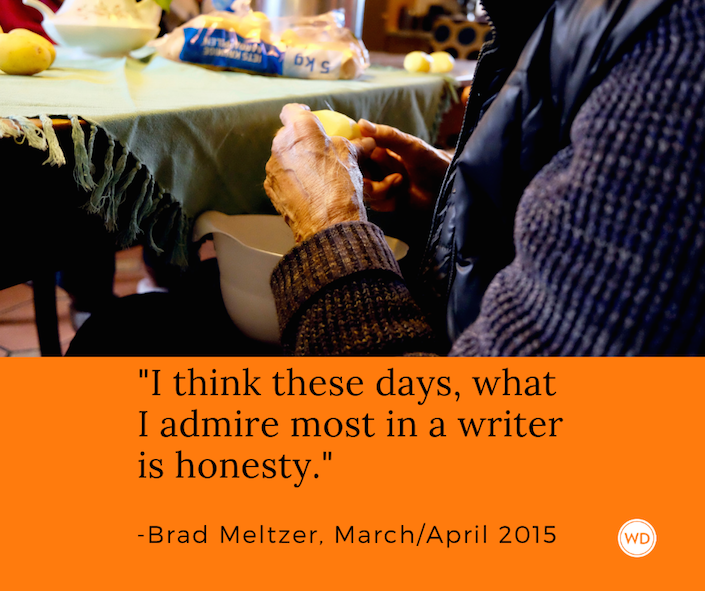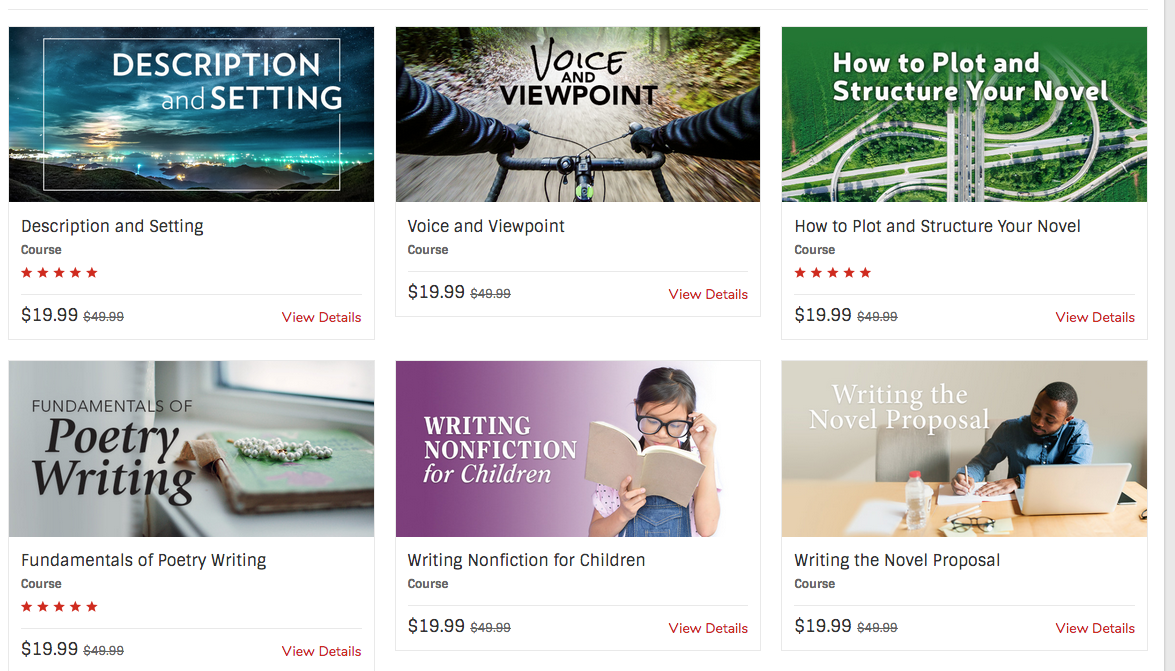CampNaNoWriMo starts tomorrow and the good thing about this for writers is that you can set your own goals. For those of my followers who don't know what this is, this is an extra event following NaNoWriMo which is National Novel Writing Month (when you try to write a novel in a month of 50k words). CampNaNo is a month where you set your own goal and join a Camp of fellow writers for inspiration and motivation. Goals can be anything from finishing a manuscript to editing a first draft.
This year, more than most, I really need this distraction. I should be on a plane now taking me to Trinidad, a holiday which has been cancelled. So, to divert myself I have set myself the goal of trying to finish one of two MS that I have as WIP (or, if I am really disciplined, both). My first romantic suspense novel is ready for submission, so I am working on my second one. I am just over 48k words in (yes that difficult phase) and had stalled. The deadline for this to be at first draft is the end of August as I am aiming to finish this for submission to the RNA NWS. Also, I have joined a GEA camp (GEA stands for the Golden Egg Academy and I am a first year working on a YA fantasy) to try and get my dystopian YA novel finished. It is currently at just over 51k (yes again the difficult patch) and I want to try to get it to 75k as a first draft. This may seem abitious, but I figure if I don't get both finished, I will at least get more added to the word count and therefore be closer to first draft. Wish me luck.
I wondered if any of my followers might be trying their hand at CampNaNoWriMo for the first time (it is a good thing to do as we are all stuck at home trying to think of ways to entertain ourselves) as it is the perfect time to write that novel you always wondered if you could write. To that end I thought I would share a few tips. Whether you are a plotter or a pantser, it is always good to have a vague story map to avoid getting stuck (plotters are writers who plot out carefully their novel before they start and pantsers just get down and write it. I am somewhere in between normally, with a vague map of beginning, middle and end) especially when you hit that dreaded half-way point (yes around the 45/50k mark).
For complete beginners the Nathan Bransford Book How to Write A Novel is a good way to start, but as CampNaNo starts tomorrow and the book may take time to arrive, here are a few of the tips he recommends: Ask questions about your story and what your characters care about. Then put obstacles in their way (e.g. obstacle, obstacle and what MC cares about). Know your genre (YA, crime, romance etc.) and format properly before you start. Back up regularly and have an actual plot (Premise - the knock at the door that jolts the MCs life out of balance, Climax is when the door closes, The Theme refers to how the MC changes, so Plot = event/obstacles/complication, Premise + complication = Plot). Craft an outline (more on this below), write a killer first page and choose a perspective (1st person - I did this/that, 2nd - You did this/that, 3rd limited - He did this, she did that but he wasn't sure why she did what she did, 3rd person omniscient - He did this, she did that, he was thinking this, she was thinking that, Present tense - Told as if it is happening right now "He thinks, he does", Past tense - Told as if it happend sometime in the past "He thought, he did that." Each chapter has to have drive, e.g. a beginning, middle and end, and identify your tentpoles (events that prop up the novel and give the narrative arc its steepest and most dramatic peaks and valleys). These are major turning points, characters getting split up/back together/having fights, mysteries revealed, action scenes and points of no return. Make sure your characters are motivated (wants and needs) and show personality (emotional reactions, motivations). For each character plot out a plot arc with defined goals and motivations including things they want/need and their high and low point. Add conflict (on the surface, beneath it, thoughts and actions of the characters) and give them positive/negative qualites and flaws. Add a mystery sub-plot - characters desire at the consequences/stakes + obstacles/intrigue and delay = mystery. Create a good setting and dialogue. Plan the climax out (the most dramatic/surprising scenes, moments of biggest weight and characters experiencing their biggest hight and lowest lows). Don't rush the ending and if you get stuck, it is just you needing to figure out a problem you need to solve - go out for a walk, do some exercise or stare at the screen until you work it out.
The excellent book Save the Cat! by Blake Snyder, which is aimed at scriptwrites but the basics are the same, recommends the following (order the book if you can as this and Save the Cat! Writes a Novel will be useful for every novel you write): Write a logline (e.g. A businessman falls in love with a hooker he hires to be his date for the weekend PRETTY WOMAN) and give it a killer title, e.g. Sixth Sense. The perfect logline needs to have an adjective to describe the hero, an adjective to describe the bad guy and a compelling goal we identify with as a human being. Create heroes who offer the most coflict in that situation, have the longest way to go emotionally and are trhe most demographically pleasing - PRIMAL survivor, hunger, sex, protection of loved ones, fear of death. HERO - I can identify with/learn from/have a compelling reason to follow/believe deserves to win/that has stakes that are primal and ring true.
There are 10 types of movie/story: Monster in the House (Jaws, Tremors, Alien, The Exorcist, Fatal Attraction), Golden Fleece (Star Wars, Wizard of Oz, Back to the Future), Out of the Bottle (Bruce Almighty, Freaky Friday, Liar, Liar), Dude with a Problem (Die Hard, Titanic, Schindlers List), Rites of Passage (10, Ordinary People, Days of Wine and Roses), Buddy Love (Dumb & Dumber, Rain Man), Whydunnit (JKF, The Insider, Chinatown), The Fool Triumphant (Forrest Gump), Institutionalised (Animal House, MASH, American Beauty, The Godfather), Superhero (Superman, Batman, Dracula, Frankenstein, Gladiator, A Beautiful Mind).
The Blake Snyder Beat Sheet to use for structuring your 3-ACT story:
ACT 1
1) Opening Image (0 To 1%) (a "before" snapshot of your hero and their world)
2) Theme Stated (1% to 10%) (a statement made by a character, typically not the hero, that HINTS at what the hero's arc will be, that is, what the hero must learn/discover before the end of the book. Also referred to as a life lesson)
3) Set-Up (10%) (an exploration of the hero's status quo life and all it's flaw, where we learn what the hero's life looks like before its epic transformation. Here we introduce other supporting characters and the hero's primary goal but, most importantly, we show the hero's reluctance to change - aka learn the theme - while also hinting at the stakes at risk should the hero NOT change)
4) Catalyst (10%) (an inciting incident or life-changing event that happens to the hero, which will catapult them into a new world or new way of thinking, big enouogh to prevent the hero from being able to return to their status quo Set-Up world)
5) Debate (10% TO 20%) (in which the hero debates what they will do next. It's usually presented in the form of a question such as "Should I go?" to show the hero's reluctance to change)
ACT 2
6) Break Into Two (20%) (the moment the hero decides to accept the 'call to action' leaving their comfort zone, trying something new or venture into a new world or new way of thinking - separates the status quo world of Act 1 from the new 'upside-down' world of Act 2)
7) B Story (22%) (the introduction of a new character/s who will ultimately serve to help the hero learn the theme. Also referred to as a helper character, this can be a love interest, nemesis, mentor, family member or friend)
8) Fun and Games (20% TO 50%) (this is where we see the hero in their new world, either loving or hating it, succeeding or floundering. Also called the 'promise of the premise', this represents the 'hook' of the story - why the reader picked up the novel in the first place)
9) Midpoint (50%) (literally the middle of the novel where the Fun and Games culminates in either a false victory (the hero has thus far been succeeding) or a false defeat (the hero thus far has been floundering). Something should happen here to raise the stakes and push the hero toward real change)
10) Bad Guys Close In (50% TO 70%) (if the Midpoint was a false victory, this section will be a downward path where things get progressively worse for the hero. If the Midpoint was a false defeat, this section will be an upward path where things seem to get progressively better for the hero. But regardless of path, the hero's deep-rooted flaws - or internal bad guys - are closing in)
11) All is Lost (75%) (the lowest point of the novel. Something happens to the hero that, combined with the internal bad guys, pushes the hero to rock bottom)
12) Dark Night of the Soul (75% TO 80%) (where the hero takes time to process everything that's happened thus far. The hero should be worse off than at the start of the novel. The darkest hour - just before dawn - is the moment right before the hero figures out the solution to their big problem and learns the theme or life lesson)
13) Break Into Three (80%) (the 'aha!' moment. The hero realises what they must do to not only fix all of the problems created in Act 2, but more important, fix themselves. The arc is nearly complete)
14) Finale (80% TO 99%) (the hero proves they have truly learned the theme and enacts the plan they came up with in the Break Into 3. Bad guys are destroyed, flaws are conquered, lovers are reunited. Not only is the hero's world saved, but it's a better place than it was before)
15) Final Image (99% TO 100%) (a mirror to the Opening Image, this is the 'after' snapshot of who the hero is after going through this epic and satisfying transformation)
So now you have all the basic tools you will need to start writing that novel. Good luck.
Tuesday, 31 March 2020
Monday, 30 March 2020
Writer's Digest newsletters
Here are the latest Writer's Digest newsletters for my followers to peruse:

|
|
|||||||||||||||||||||||||||||||||||||||||||||||||||||||||||||||||||||||||||||||||||||||||||||||||||||
|
|||||||||||||||||||||||||||||||||||||||||||||||||||||||||||||||||||||||||||||||||||||||||||||||||||||
Subscribe to:
Comments (Atom)




.png?width=1200&upscale=true&name=WDG-2020-NLMondayMotivation%20(1).png)



